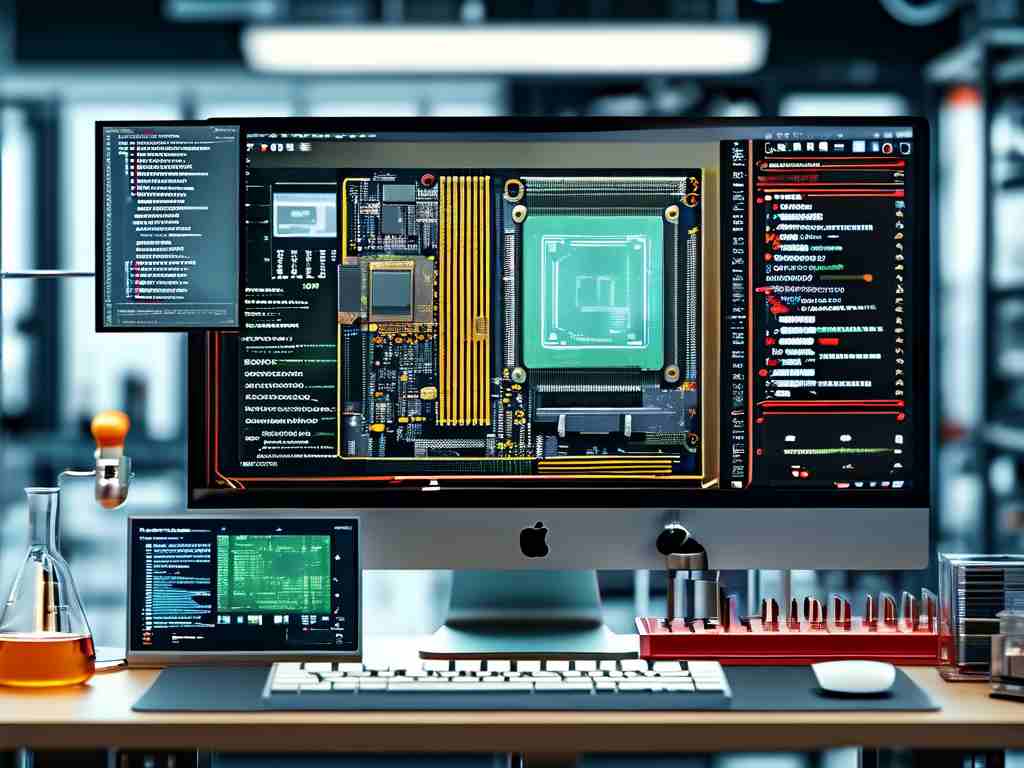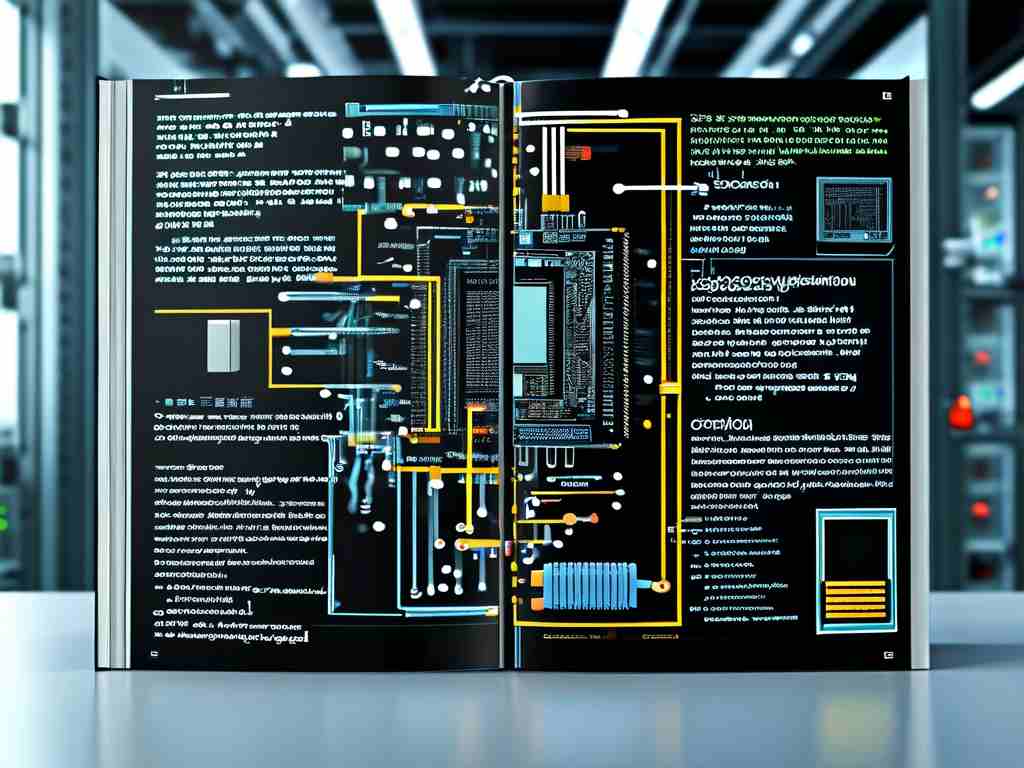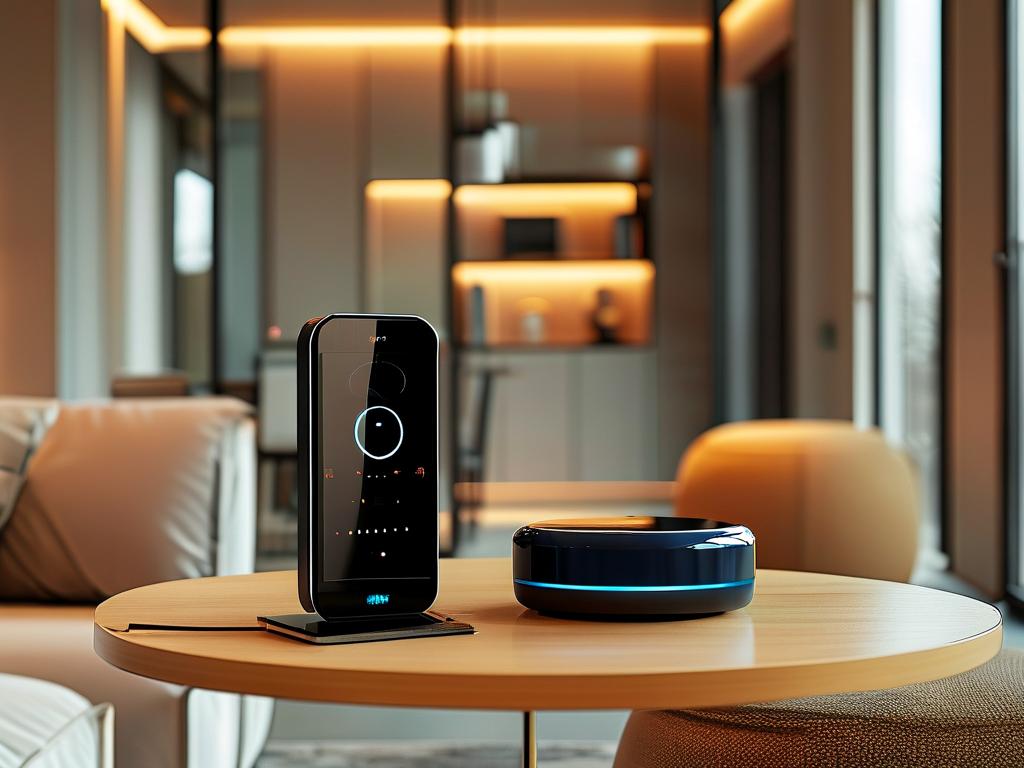Nuvoton Technology Corporation stands as a key player in the semiconductor industry, renowned for its innovative chips tailored to embedded development needs. These components, particularly the NuMicro series microcontrollers, empower engineers to create efficient and scalable solutions across diverse sectors like IoT, automotive, and industrial automation. Embedded development with Nuvoton chips involves designing systems where hardware and software integrate seamlessly, often focusing on real-time processing and low-power consumption. This article delves into the practical aspects of using Nuvoton chips, highlighting their advantages, common applications, and a hands-on code example to illustrate implementation.

One of the standout features of Nuvoton chips is their robust architecture, which supports a wide range of peripherals and interfaces. For instance, the M051 series offers ARM Cortex-M0 cores, enabling high performance while maintaining energy efficiency—a crucial factor in battery-operated devices. Developers appreciate the ease of integration with popular development tools like Keil MDK or the Arduino IDE, which streamline coding and debugging processes. This flexibility reduces time-to-market for projects, whether it's a smart home sensor or a factory automation controller. Moreover, Nuvoton provides extensive documentation and community support, making it accessible even for newcomers to embedded systems. By leveraging these chips, teams can overcome challenges such as memory constraints and thermal management, ensuring reliable operation in harsh environments.
To demonstrate a real-world application, consider a simple embedded project involving an LED control system using a Nuvoton NuMicro board. This example uses C programming language, a staple in embedded development due to its low-level control and efficiency. Below is a basic code snippet that initializes the GPIO pin and toggles an LED:
#include "NuMicro.h" // Include Nuvoton library for hardware access
void GPIO_Init(void) {
GPIO_SetMode(PB, BIT12, GPIO_MODE_OUTPUT); // Configure PB12 as output for LED
}
int main(void) {
SYS_Init(); // Initialize system clock and peripherals
GPIO_Init(); // Set up GPIO
while(1) { // Infinite loop for continuous operation
PB12 = 1; // Turn LED on
CLK_SysTickDelay(1000000); // Delay for 1 second using SysTick
PB12 = 0; // Turn LED off
CLK_SysTickDelay(1000000); // Another 1-second delay
}
}
This code snippet showcases how straightforward it is to interact with hardware using Nuvoton's libraries. The GPIO_SetMode function configures the pin, and delays are handled via system timers, emphasizing the chip's real-time capabilities. Such examples highlight why Nuvoton chips are favored for prototyping and mass production alike—they balance simplicity with power, reducing development headaches. Beyond basics, advanced features like built-in security modules protect against cyber threats in connected devices, a growing concern in today's IoT landscape.
In broader applications, Nuvoton embedded development drives innovations in sectors like renewable energy, where chips monitor solar inverters for efficiency, or healthcare, powering wearable devices that track vital signs. The company's commitment to sustainability is evident in chips designed for minimal environmental impact, aligning with global green initiatives. However, developers must navigate challenges such as optimizing code for limited resources or ensuring compatibility with legacy systems. Best practices include thorough testing with emulators and leveraging Nuvoton's SDKs for accelerated development cycles. As technology evolves, trends like edge computing and AI integration will further elevate the role of Nuvoton chips, enabling smarter, autonomous systems.
In , Nuvoton embedded chip development represents a gateway to creating cutting-edge solutions with reliability and cost-effectiveness. By mastering these tools, engineers can push boundaries in innovation, contributing to a more interconnected world. Embrace this journey with hands-on experimentation and continuous learning to unlock the full potential of embedded systems.









